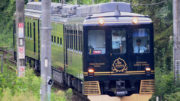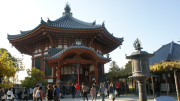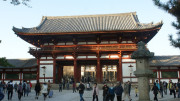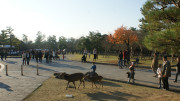Heijō Palace, located in the heart of Nara, was once the centre of imperial power in Japan during the Nara period (710–794 AD). It was established in 710 AD when the capital was moved to Heijō-kyō (modern-day Nara), marking a pivotal moment in Japan’s early political history. The city and palace layout were heavily influenced by Chinese city planning principles, with a symmetrical grid system and a large rectangular palace complex enclosed by walls. Within the palace grounds, key structures such as the Daigokuden (Former Imperial Audience Hall) and the Chōdō-in (governmental offices and ceremonial hall) played central roles in the administration and ceremony of the time.
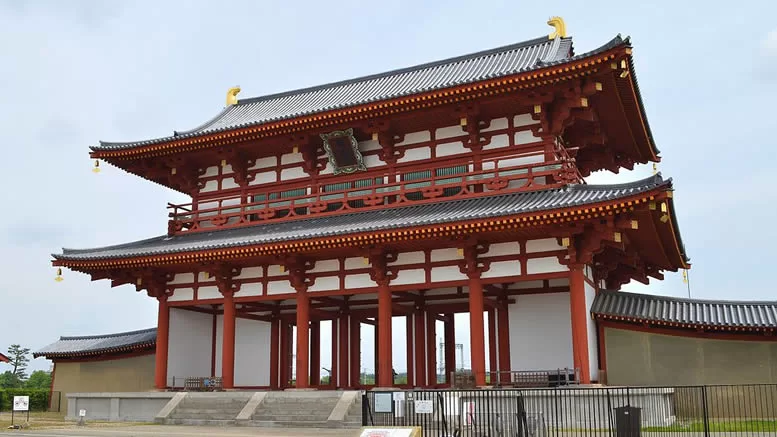
At its peak, the palace was a grand and bustling hub, but its prominence was short-lived. When the capital was later relocated to Heian-kyō (present-day Kyoto) in 794 AD, Heijō Palace was gradually abandoned. Over the centuries, the once-magnificent buildings fell into disrepair, with many structures disappearing completely. For a long time, the site remained largely forgotten, buried beneath farmland and modern development, until a resurgence of interest in Japan’s ancient capitals led to archaeological efforts in the 20th century.
Extensive excavations revealed the foundations of the original buildings, prompting a major cultural preservation project. Several key structures, including the impressive Suzaku Gate and the elegant East Palace Garden, were painstakingly reconstructed to offer visitors a glimpse into Japan’s early imperial past. These reconstructions, completed in the 1990s, now form the centrepiece of the Heijō Palace Historical Site—a UNESCO World Heritage area and one of Nara’s most important historical attractions.
Visitors to the Heijō Palace site can explore several notable attractions:
- Suzaku Gate: The reconstructed main gate of the palace, offering insight into the architectural grandeur of the Nara period.
- Daigokuden (Former Imperial Audience Hall): Rebuilt to commemorate the 1300th anniversary of Nara Heijō-kyō, this hall exemplifies the ceremonial significance of the original structure.
- East Palace Garden: A meticulously restored garden reflecting the aesthetic sensibilities of the era.
The expansive grounds of the Nara Palace Site Historical Park offer open spaces, wetlands, and grassy plains, providing habitats for various plant species and wild birds throughout the seasons.
Nearby, the Heijō Palace Museum presents artifacts and exhibits detailing the palace’s history and archaeological findings.
Access:
By Train: From Kintetsu Yamato-Saidaiji Station on the Nara, Kyoto or Kashihara Line north exit, it’s approximately a 15–20 minute walk east to the Heijō Palace site.
Official Website:
https://www.nabunken.go.jp/heijo/museum/index.html

